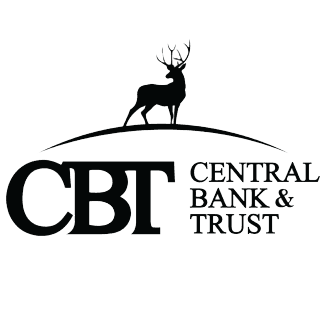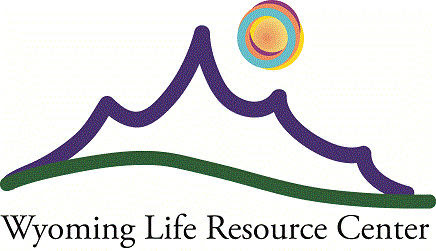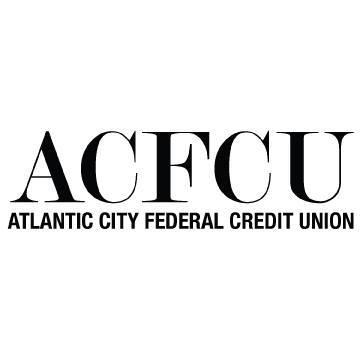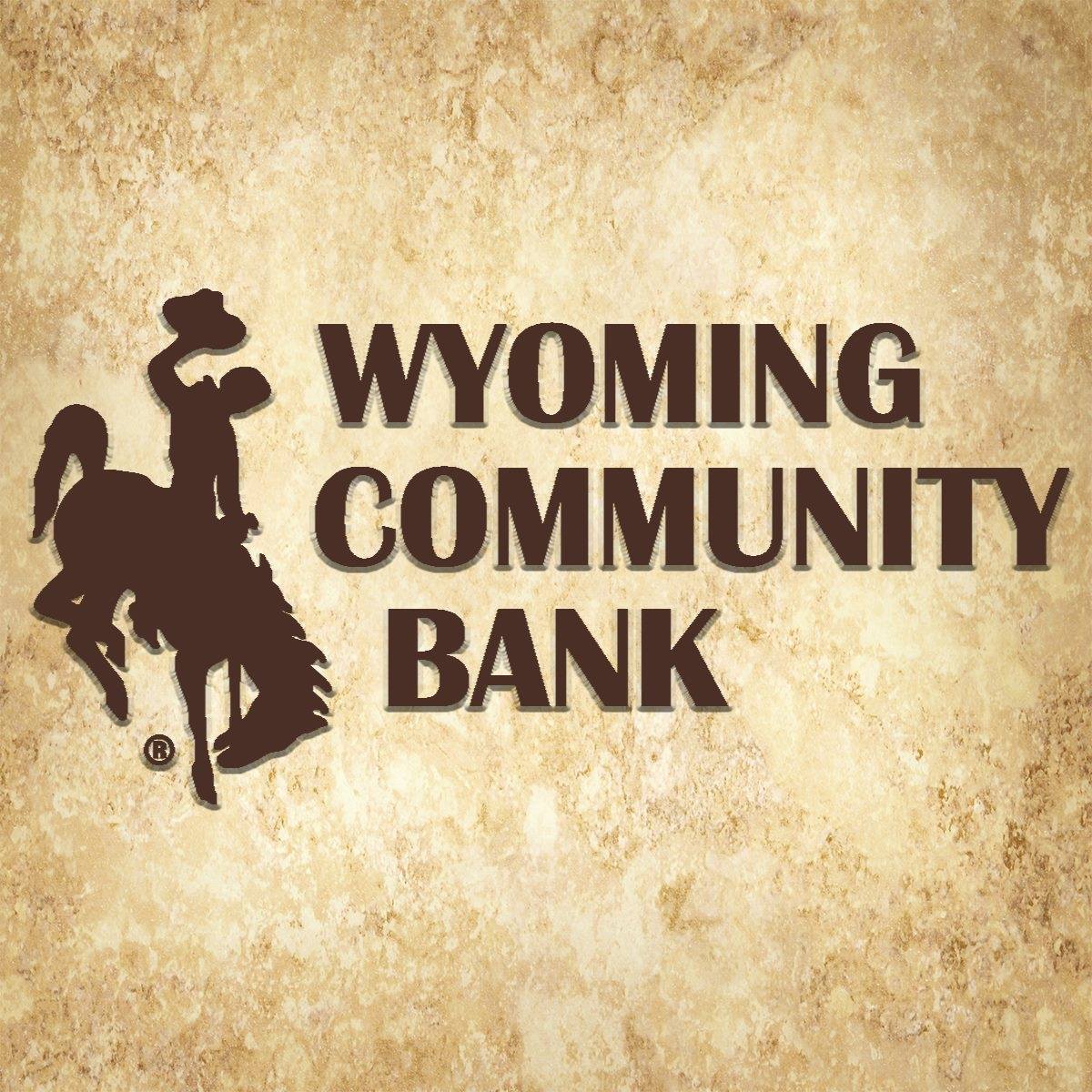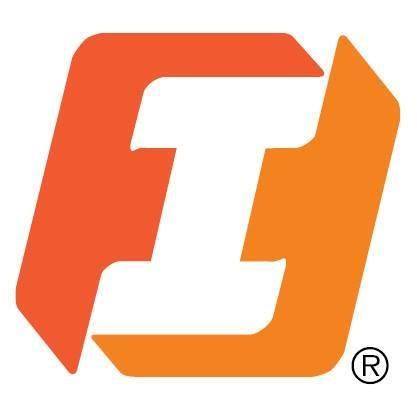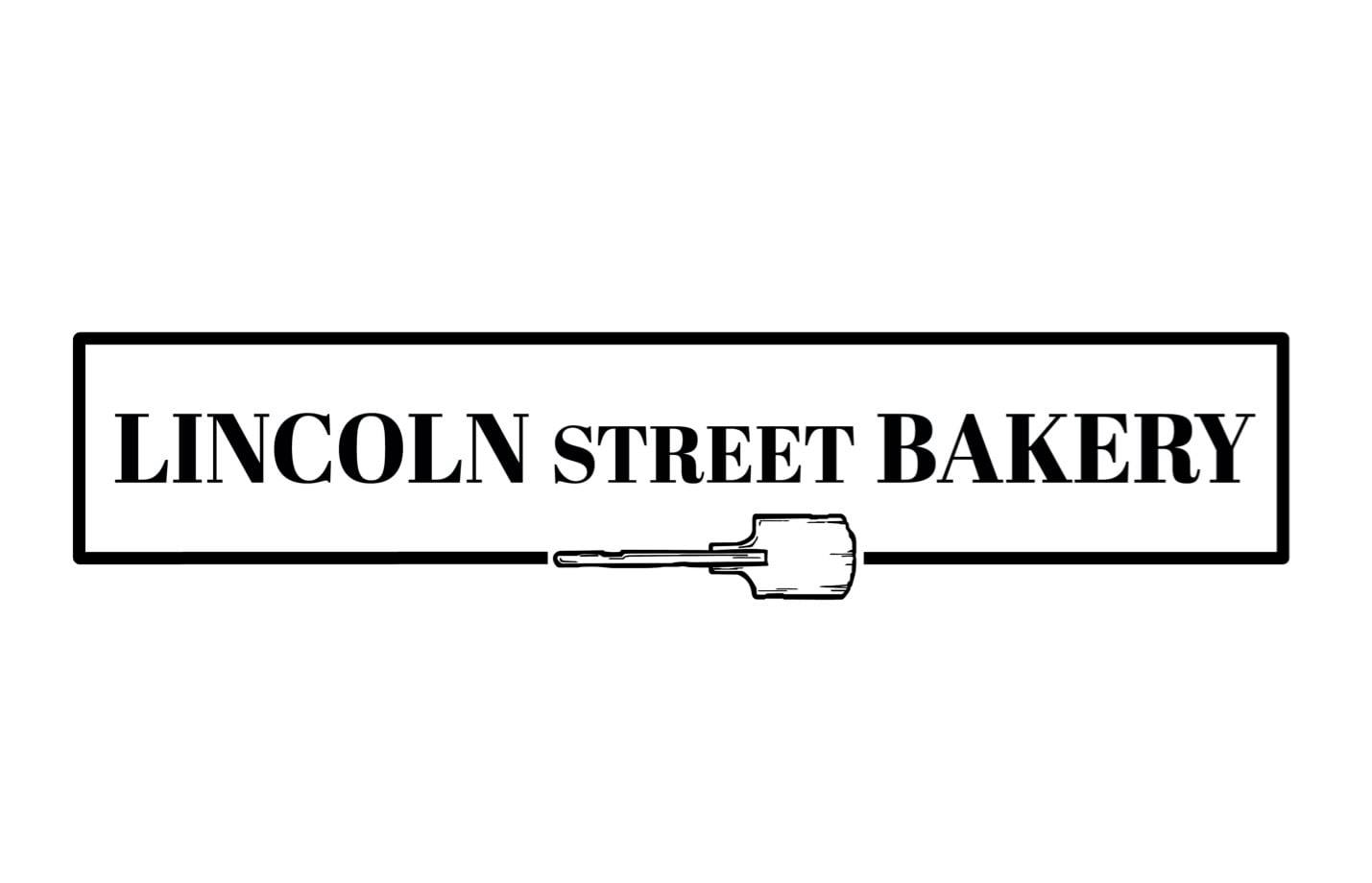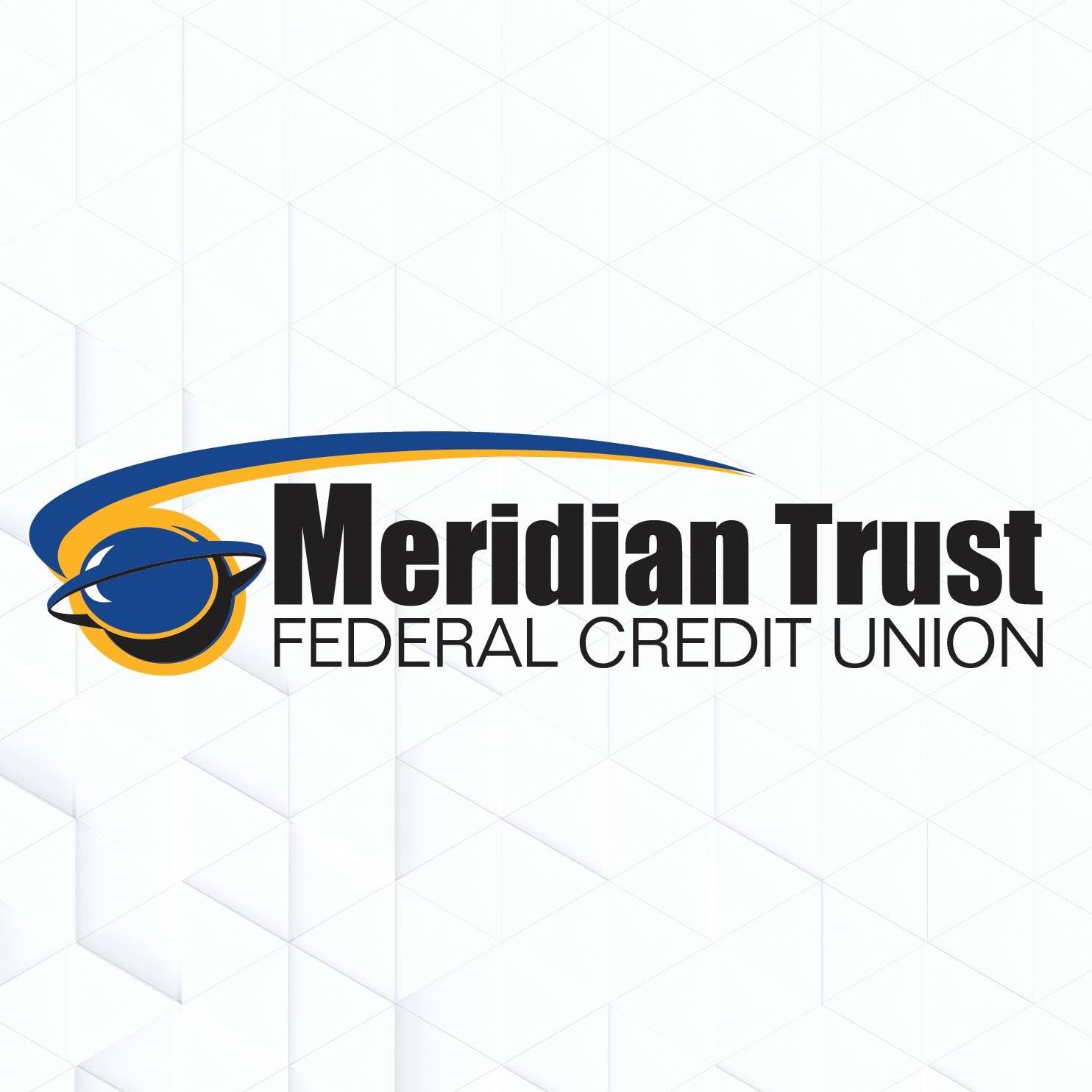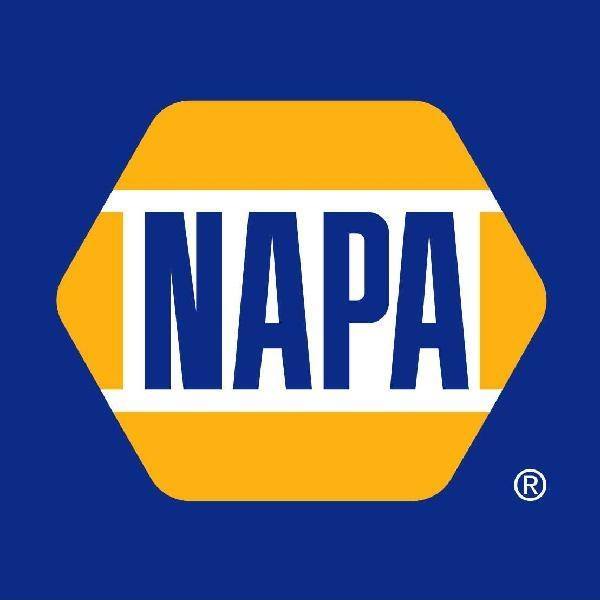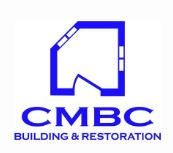by Cindy Unger | May 6, 2021 | Biz Tips
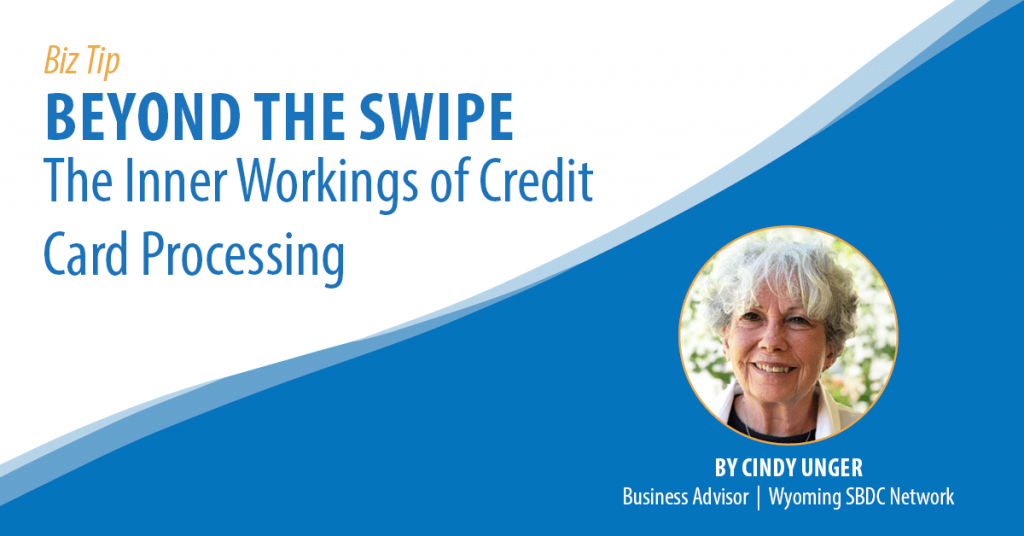
Credit card acceptance seems quite simple on the surface but behind the few seconds between cardholder swipe and receipt, the process is quite complex, involving multiple stages and companies. Certainly, a business does not have to have intimate knowledge of all of the details of credit card processing in order to choose a processor and accept credit cards but, a general understanding of how credit card processing works is a good idea, since fees are incurred at various stages of the system, and those fees can add-up quickly for the merchant.
Credit card transactions may be processed through a variety of platforms. In addition to physically accepting a card at a brick and mortar store, payment may be accomplished through e-commerce stores, wireless terminals or phone and mobile devices. The explanation below is based on a brick and mortar store purchase model.
The Three Stages of Credit Card Transactions
Credit card transactions can be divided into three stages: authorization, authentication, and clearing/settlement. Different fees are incurred at each stage, and problems at any step can result in increased costs and/or proceeds not being deposited. Any credit card transaction will involve the cardholder, merchant, acquiring bank (merchant’s bank), issuing bank (cardholder bank) and card associations (Visa, MasterCard, etc.). Often the “acquiring bank” works with a third party processor that provides the processing services for the merchant.
Authorization
The “authorization” stage requires the merchant to obtain payment approval from the issuing bank. The cardholder initiates a transaction by presenting his card or card number to the merchant as payment for goods or services. The merchant has the hardware and software access to transmit the cardholder and transaction information to their acquiring bank or the bank’s processor. The payment processor or acquiring bank forwards the credit card details to the credit card association network. The credit card network clears the payment and requests payment authorization from the issuing bank. That authorization request includes the credit card number, expiration data, billing address, card security code, and payment amount. MasterCard, Visa, Discover and Amex each have their own proprietary network that routes the transaction information between the issuing and acquiring banks.
Authentication
In the “authentication” stage, the issuing bank verifies the validity of the customer’s credit card details received from the credit card network using various fraud protection tools. The issuer checks to be sure that the transaction information is valid, the cardholder has a sufficient balance to make the purchase and that the account is in good standing. The issuing bank then approves or declines the transaction, transmitting the information back to the merchant through the same channels – credit card network and acquiring bank or processor. Once approved, they will place a hold in the amount of the purchase on the cardholder’s account. The merchant’s POS system will collect all approved authorizations to be processed in a “batch” at the end of the day. This entire process happens in the few seconds between the customer swipe and the merchant providing the customer with a receipt.
Clearing and Settling
In the “clearing and settling” stage, the merchant typically sends a “batch” of authorizations to the acquiring bank or processor daily. The processor reconciles the authorizations and submits the batch to the card association networks for settlement. The credit card network forwards each approved transaction to the appropriate issuing bank. The issuing bank then will transfer the funds, less an “interchange fee” that is shared with the credit card network, within 24 to 48 hours after the batch is submitted. Finally, the credit card network pays the acquiring bank or processor their respective percentages from the funds collected.
Help is Available
Now that you understand the process, you need to learn more about the alternatives available to you as a merchant. What is the difference between a third-party payment processor and a traditional merchant account provider? What are the various fee and pricing structures available? How can I avoid hidden fees and bad contracts? What should I look for in a reputable processor? Join us for a free webinar on Thursday, May 13 from 2-3:00 pm to better understand your choices as a merchant with payment expert, Melissa Johnson. You can register for the webinar by clicking here.
For more help with credit card payment processing or any other small business topic, sign-up to speak with your local Wyoming SBDC Network advisor to receive no-cost, confidential assistance.

